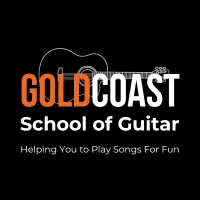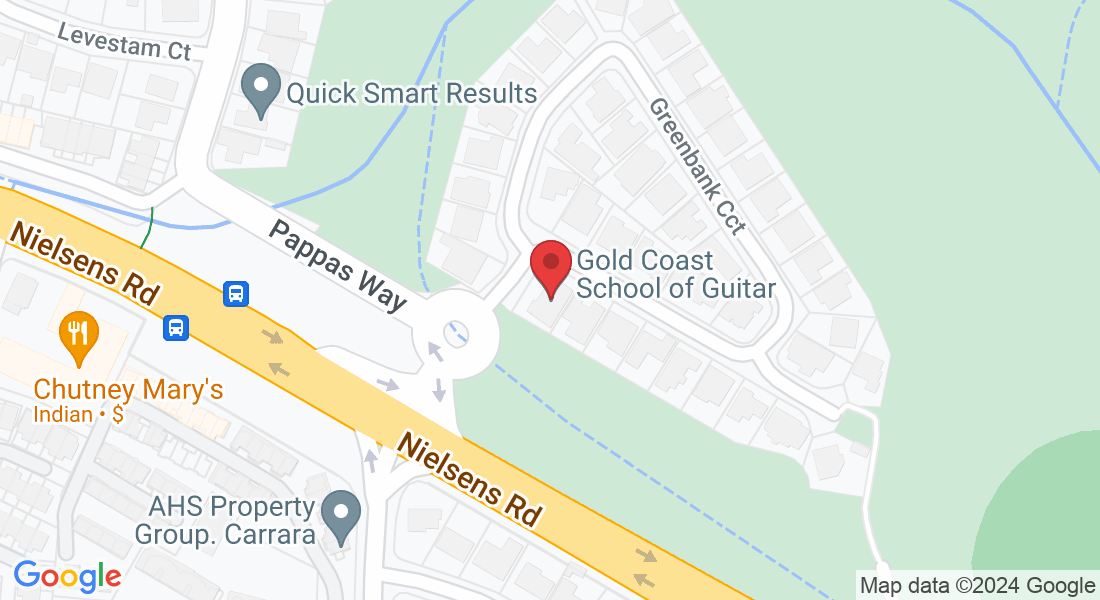Guitar Lessons For Adults on the Gold Coast
Small Group Guitar Classes to Help You Play Songs for Fun
Ready to Play Your First Song? Get Free Access to my 4-Chord Video Songbook Course!
Learn 10 Fun, Easy Songs with Just 4 Chords—No Experience Needed!
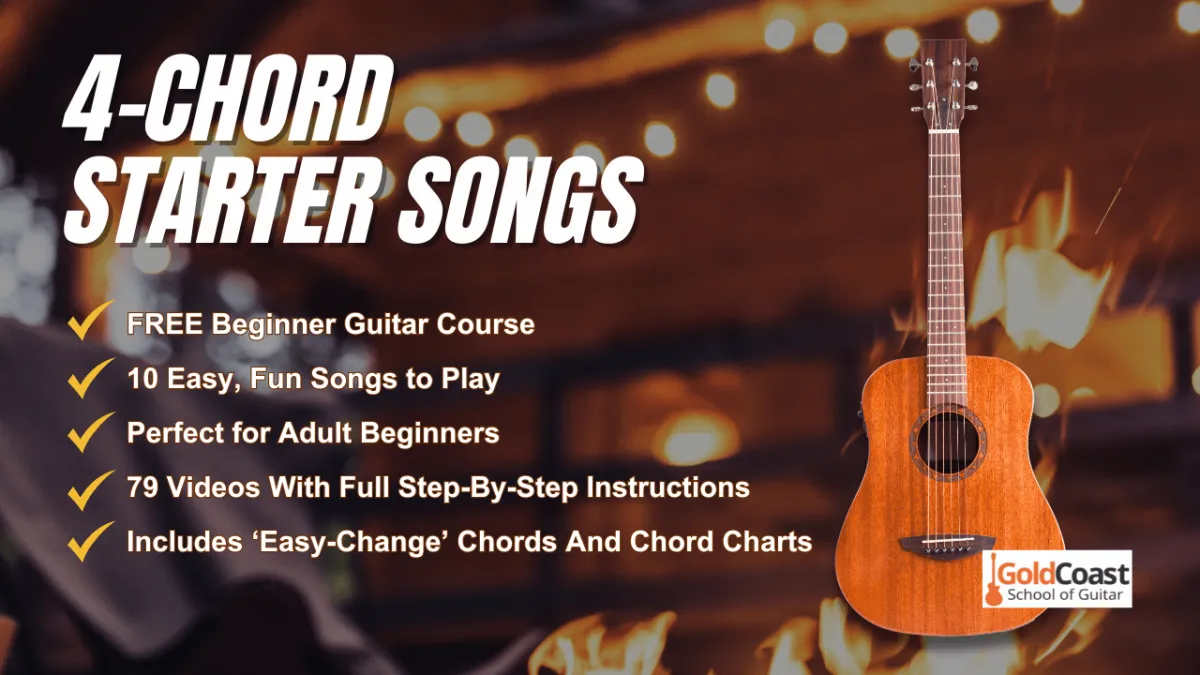
Free Beginner Guitar Video Course—Includes 10 Fun, Easy Songs.
Learn to Play Campfire Favorites by The Beatles, Tom Petty, Paul Kelly, and More.
Step-by-Step Video Lessons with Simple 4-Chord Songs.
Perfect for Beginners—No Stress, No Overwhelm!
Play Songs You Love at Home, Parties, or Around the Campfire.
Are you Looking For a Fun and Relaxing Way To Learn How To Play Guitar That Works For Adults Over 40?
Imagine after a hard day’s work, you can pick up your guitar, kick back, and strum away the stress as you play your favourite songs.
Picture the joy on your friends' and family’s faces as they join in, singing along with you—moments of accomplishment and personal recognition that make learning guitar so rewarding, and memories you’ll cherish for a lifetime.

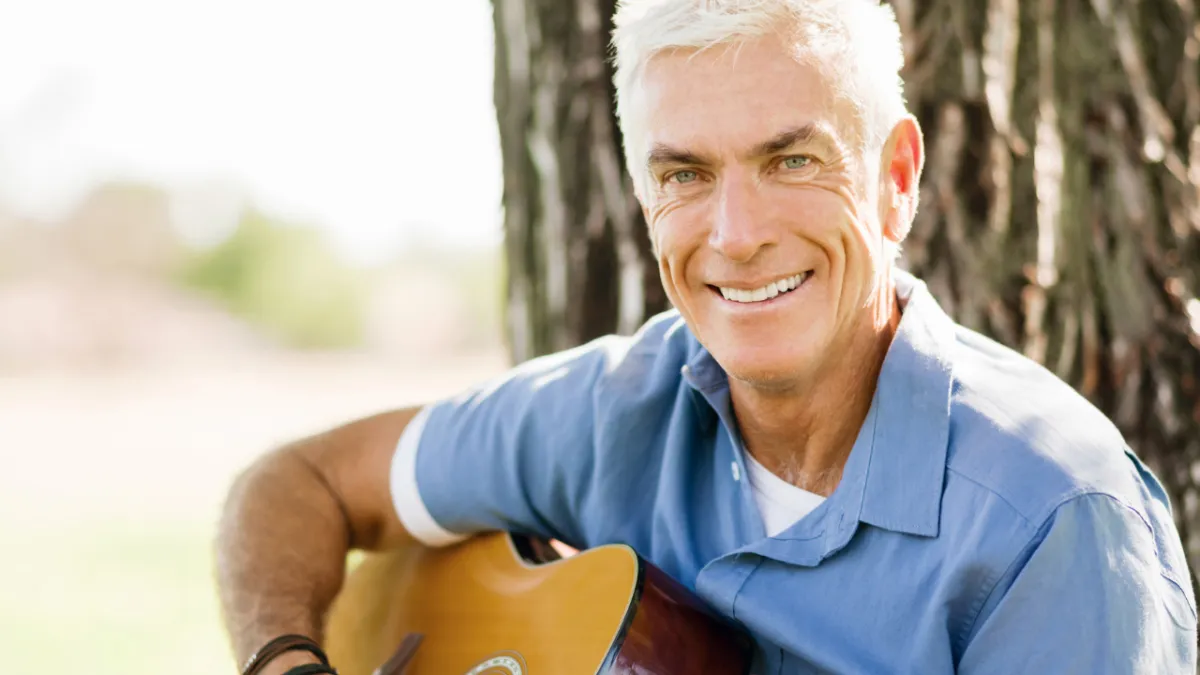
Perfect for adults over 40 who want stress-free, song-based guitar lessons.s.
Develop a strong sense of rhythm (yes this can be learned even if you don’t have a musical bone in your body)
Have smooth, clean, open chord and barre chord transitions - no more stop-and-go when playing songs
Be confident with multiple strumming patterns so that your strumming hand no longer feels like a drunk on payday
Play songs for fun and build good technique without mind-numbing exercises (so it sounds like music from day one)
Build the right habits from the get-go so that you never have to undo bad ones
Why In-person, Group Guitar Classes, Are More Efficient (and Fun) Than Traditional 1-1 Lessons For Learning Guitar as an Adult:
When you learn to play the guitar in a small group classes, you will learn not only from the teacher but from students of different skill levels.
Why is this important? As Victor Wooten mentions in his book, ‘The Music Lesson’, this is how we learned to walk and talk - by surrounding ourselves with others who can already do what we want to do.
This way you will assimilate and integrate concepts and ideas faster.
In old, outdated, 1-1 guitar lessons, it's you and the teacher in a small room. They’re light-years ahead of you.
You feel intimidated and overwhelmed. Thinking, ‘This guitar thing is going to take forever’.
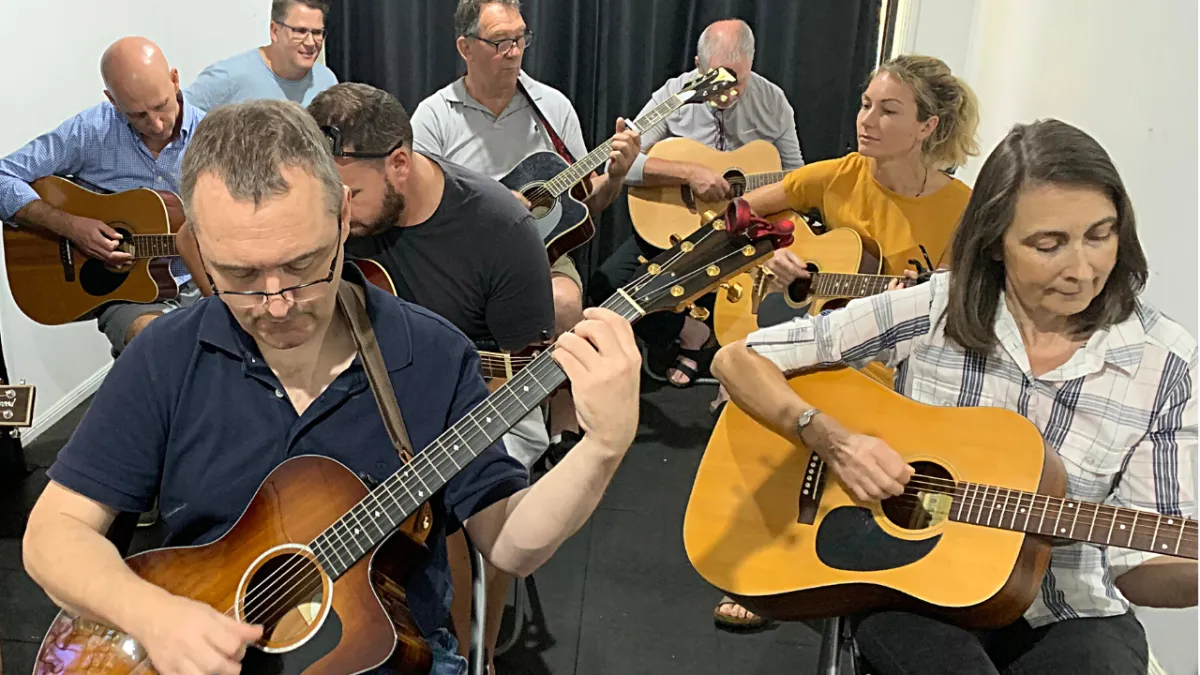
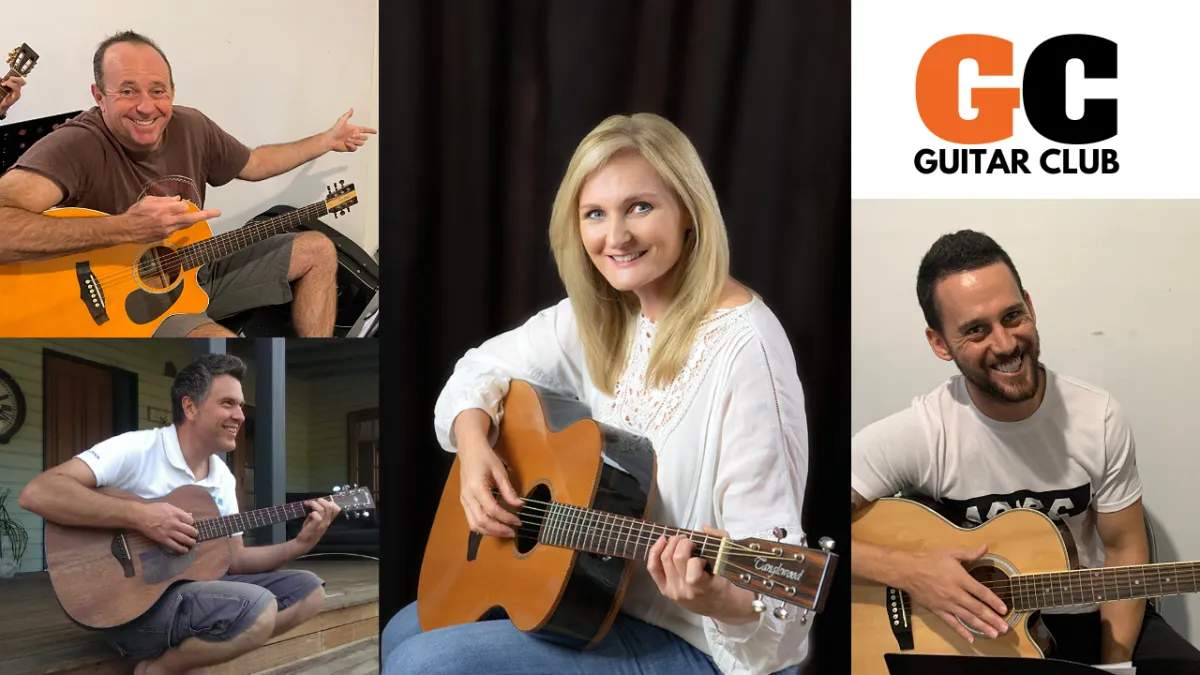
Fun Guitar Classes for Adults Near You – Perfect for Beginners.
In these modern adult guitar lesson classes, you’re sitting comfortably in a spacious studio. You are encouraged and supported by other students who are only a few weeks, or a couple of months ahead of you.
You’ll quickly discover that with the modern approach to guitar lessons for adults, your results and progress are always within reach.
Plus, you’ll make new friendships and connections and you’ll find yourself playing more at home (or at their house) outside of classes.
Learning How to Play the Guitar is NOT a 5-Minute Journey (but it has to be fun)
As an adult with many commitments, responsibilities and daily stresses, you’ve got enough ‘stuff’ going on. Learning guitar needs to be fun.
Gold Coast School of Guitar offers fun, relaxed, stress-free guitar lessons for adults. These, small group guitar classes are run by a patient guitar teacher who is there to inspire and guide you every step of the way.

What students say about
Gold Coast School of Guitar
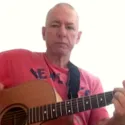
Phil Green

"The sessions are easy as they are straight forward, step by step instructions... ""
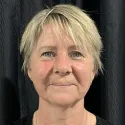
Lisa Seredycz

"It's very easy. Very achievable.. even my husband could do this (and he doesn't even play!)"

Geoff Morgan

"A really easy way to learn new songs!"
Ready to start playing songs for fun?
Schedule a 60-min Free Intro Session.
Click the orange button below to schedule now!
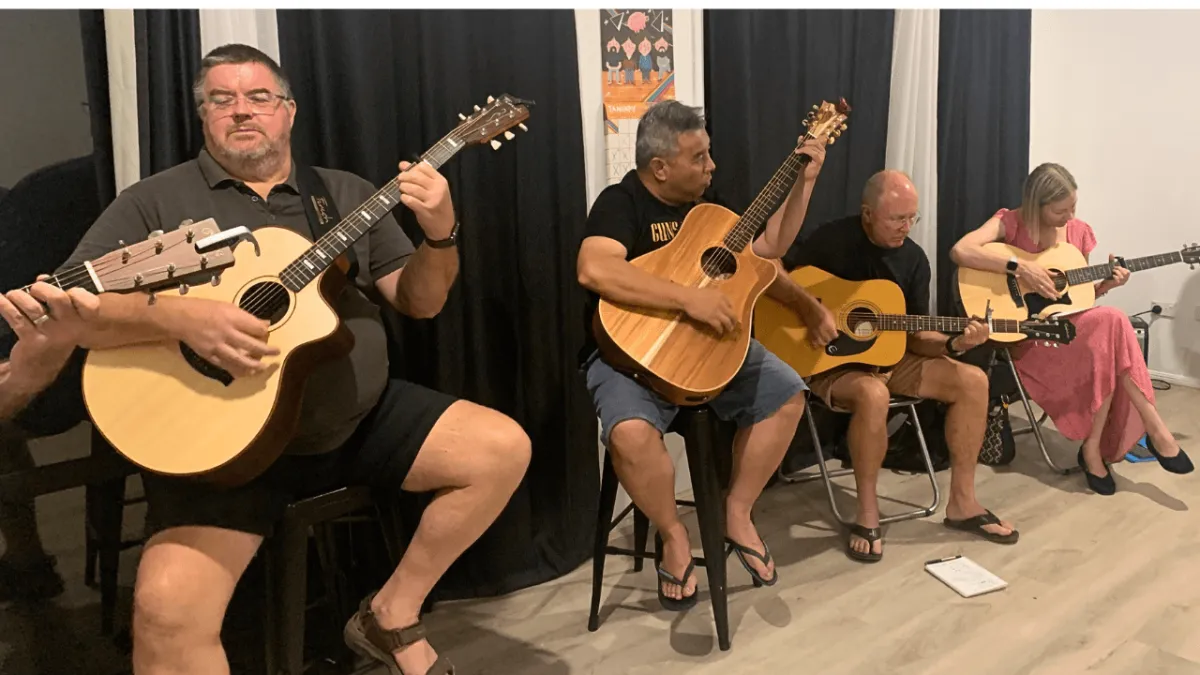
Experience the Joy of Playing Guitar on the Gold Coast
At Gold Coast School of Guitar, we believe that learning guitar should be a joyful and enriching experience. Our guitar lessons on the Gold Coast are designed specifically for adults who want to play songs for fun and relaxation.
Benefits of Our Guitar Lessons:
Tailored for Adults: Our classes are specifically designed for adults, making sure the pace and content are just right for mature learners.
Stress-Free Environment: Enjoy learning in a relaxed and supportive atmosphere where you can unwind and focus on playing music.
Build Confidence: Gain the confidence to play in front of others and even lead sing-alongs with your favourite songs.
Flexible Learning: Our small group format allows for personalised attention and flexibility, helping you progress at your own pace.
Flexible Learning: Our small group format allows for personalised attention and flexibility, helping you progress at your own pace.
Ready to transform your evenings with music? Our guitar lessons on the Gold Coast offer the perfect blend of fun, learning, and relaxation. Discover the joy of playing guitar in a way that fits your lifestyle and brings lasting fulfilment.
Don’t wait any longer! Join our Gold Coast guitar lessons today and start your musical journey with us.
Get In Touch
Email: [email protected]
Address
Studio: 1 Greenbank Circuit, Carrara QLD 4211
Session Times
Tuesday, Wednesday, Thursday - 6:00pm
Sat – 9:00am
Phone Number:
0448 620 966
Stress-Free, Fun, and Easy!
Stress-Free, Fun, and Easy Guitar Lessons for Adults.
© 2025 Gold Coast School of Guitar - All Rights Reserved
